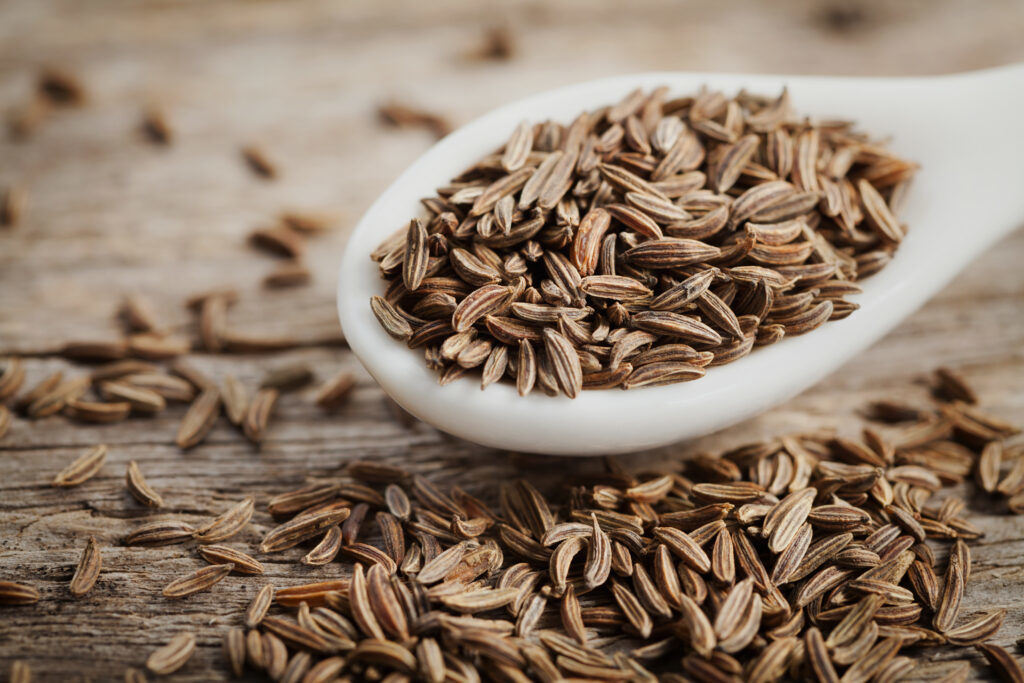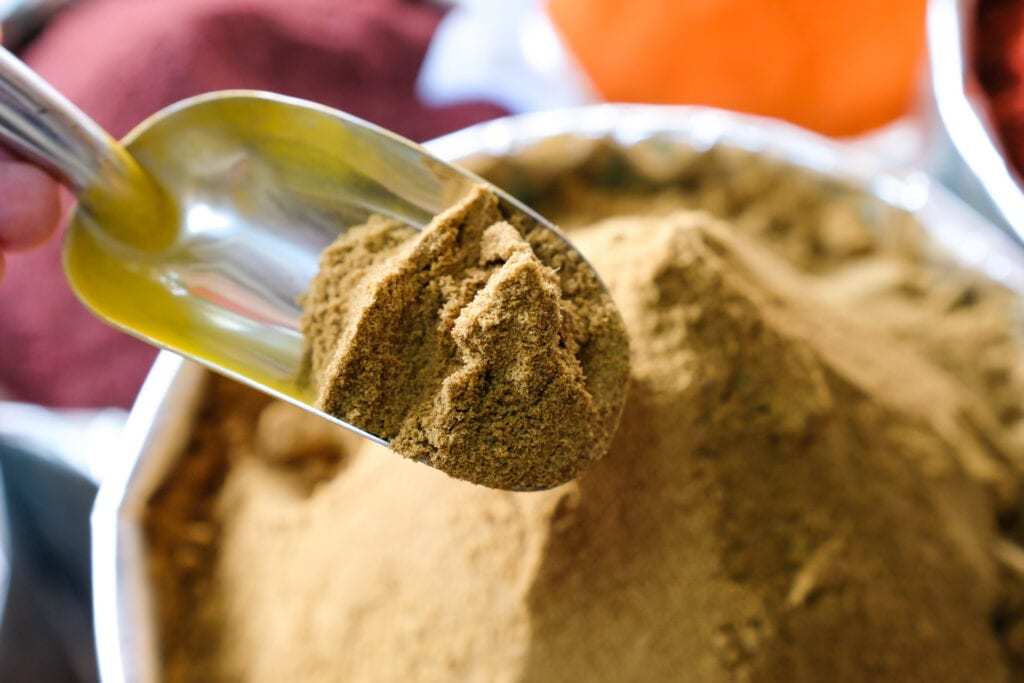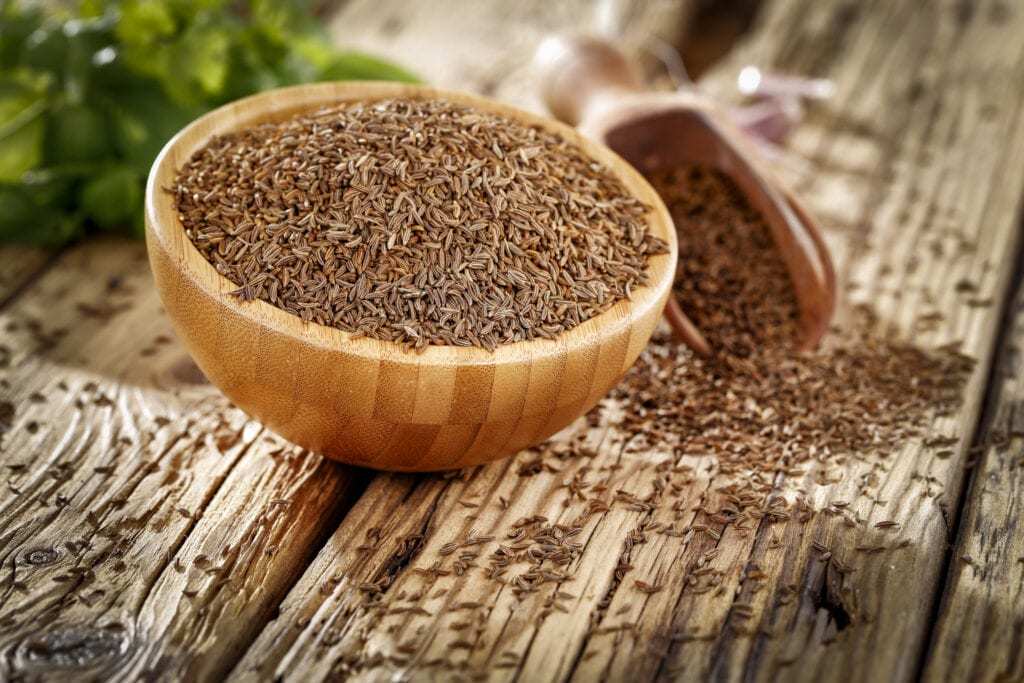
Everything You Should Know About Cumin
The Cumin (Zeera) in the kitchen cabinet is perhaps the essential component of Pakistani food. Pakistani cuisine is quite eccentric and exotic. And, to bring out those flavors, the cumin plays an important role. Well, let’s explore these amazing seeds in detail!
In today’s article, I will talk about the cumin origination, its classification between whole as well as ground, uses, and health benefits. Hence, everything you should know about these cumin seeds!
The Origin of Cumin
Cumin’s stuck around the kitchen cabinets for almost as long as 5000 years. And considering its high adaptability and versatile use, we suppose it’ll stick around until the very end.
This ancient spice traces its origins back to the perimeters of Egypt, where it came into use for mummification. It also came from the shores of the Mediterranean Sea and was essential to almost every other Indian, Mexican, and Vietnamese dish. The medieval people even used it to make the skin appear paler. On the contrary, some people suggest that cumin originally came from the Syrian site or perhaps ancient Greece or Rome.
However, today it’s growth remains independent of the place of origin. It is grown in several places. That’s because it’s capable of adapting to various climates. Be it Saudia Arabia, Mexico, India, or China.
Whole vs Ground Cumin
Currently, you will find two types of cumin in the market, namely, whole and ground cumin. The whole cumin seeds are the ripened seeds in an unprocessed form. Whereas, the grounded cumin seeds are the powder form, and hence, processed.
In Pakistan, a majority of people prefer using the whole cumin seeds. The cumin seeds get fried in the oil to infuse the sweet flavor before adding the rest of the ingredients. People at times roast the seeds too before frying them in oil. It helps augment the flavor further.
It is in desperate times when one has to be time-efficient while cooking, that Pakistanis make use of the processed powdered form. With grounded or powdered cumin, there is no requirement of frying or roasting beforehand. Add it directly to the dish and mix well.

Uses of Cumin
As evident in an example mentioned earlier, the uses of cumin are diverse. From the old times, people have used the herb for cooking, medicinal, beauty, and even mummification purposes. We suppose, nobody now seeks the aid of cumin to preserve human bodies, and you’ll learn about health and medicinal benefits in the later section of the article. So, let’s focus on its role in the kitchen, for now.
Both whole and ground cumin adds a smoky tinge and earthy flavors to any dish. Usually, its sweet and bitter taste adds to the various spice blends and curry powders, which contain:
- Cardamom
- Cloves
- Ginger
- Cinnamon
- Turmeric Powder
- Nutmeg
- Cocoa
You can also use powdered cumin for skincare purposes. Cumin’s anti-bacterial and anti-inflammatory nature contribute to its ability to protect the skin from damage and maintain the young look. When added to scrubs, it acts as an exfoliant while the potassium, manganese, phosphorus, and magnesium content benefits the skin.

Health Benefits of Cumin
When it comes to health, cumin can help in improving gastrointestinal health. It increases the release of bile to the liver and the activity of enzymes, thus improving digestion. Traditionally, this is one of the prime reasons why our mothers and grandmothers have laid down strict instructions about the inclusion of this particular spice in every other dish. Another major reason is the fact that it battles bacteria. It prevents foodborne illnesses and contributes to food preservation.
Next, it also helps with reducing drug dependence. In an animal experiment, cumin proved to have reduced the signs of narcotic dependence. Nowadays, you can also find concentrated cumin supplements. These supplements get used to reduce weight and fight off diabetes. Although cumin has not yet promised complete treatment for diabetes, it surely has promised significant improvement.
Other than that, regular consumption of cumin also helps to battle diabetes in the long run. When your body has high sugar levels for a longer time, it produces AGEs (Advanced Glycation End Products). These are the chemical substances in your body that cause diabetic damage to small blood vessels, kidneys, eyes, and even nerves. Cumin possesses substances that reduce the AGEs. Thus, lowering the risk of diabetes.
What’s more, one teaspoon of cumin also provides about 20% of daily required iron intake. It also contains multiple plant compounds that aid in the treatment of inflammatory diseases.
Leave your comment
You must be logged in to post a comment.